All along, the development of mobile phone photography is related to "pixel", whether it is the latest release of Samsung GalaxyS5 upgrade from 13 million pixels to 16 million, Sony Xperia Z2's 20.7 million pixel Exmor sensor, or the Nokia Lumia1020 amazing 41 million pixels . However, with reference to the development of digital cameras, it will be found that the number of pixels is not the key to image quality. Large-size sensors, new focusing systems and advanced image processors are the key.
This article refers to the address: http://
Of course, mobile phones and digital cameras are completely different types of products. The mobile phone needs to achieve high-quality photo quality within a limited body size, and it is not possible to use a full-frame sensor like a digital SLR or a reverse. So, in addition to pixels, what is the next step in mobile phone photography? Some technology vendors have given the answer. For example, Google's ProjectTango hopes to improve image quality through depth of field camera technology; Qualcomm's dual lens technology can achieve different focal lengths instead of bulky optical zoom lenses. Below, let's take a closer look at these new mobile phone camera technologies.
Project Tango: depth of field camera
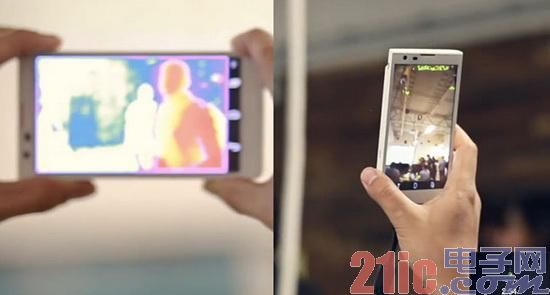
Google's Project Tango (Tango Project) presents a versatile mobile phone camera experience that is similar in design to Microsoft Kinect, including a high-resolution camera, a low-resolution tracking sensor, infrared deep-scan components, and a CPU. This hardware design, combined with the special shooting software developed by the software company, can not only achieve moving object tracking, focus adjustment, but also realize the mobile 3D scanning experience, making the mobile phone a 3D printer. In addition, Google also plans to add depth of field features to allow Android or Google Glass users to perform indoor environment tagging operations.

At the same time, Project Tango has a certain positive significance for the improvement of the picture quality. Thanks to the large size sensor, you can achieve better detail reduction. Another example is a shooting experience similar to a light field camera, where the depth sensor can be used to define the camera focus. It is reported that developers can use these features to develop three-dimensional mapping and other shooting applications, greatly enriching the value of mobile phone photography.
Pelican: A camera integrates 16 lenses
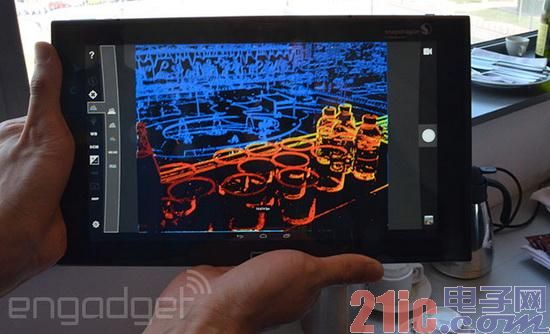
Pelican is an innovative technology company supported by Qualcomm, dedicated to the development of new mobile phone photography technology. The company's current new technology is 8 million pixels, built-in camera components with 16 lenses. The 16 lenses are arranged in 4*4 mesh format. Each sub-lens can only capture one of the three RGB colors of red, green and blue to reduce noise and improve image quality. Not only that, but it also captures sharper low-light photos, with less motion blur and enhanced 3D image stability. Pelican also showed a very cool application form, as shown in the above figure, through the different lens positions to achieve the depth of field main body effect.
Last year, Pelican said that the new lens assembly will be available sometime in 2014, but during the MWC2014 exhibition, the company said that the listing date has been extended to 2015. Obviously, in the absence of more complete technology, there will be no major mobile phone manufacturers to follow suit. However, this is indeed a technical concept worthy of reference.
CorePhotonics: Optical zoom
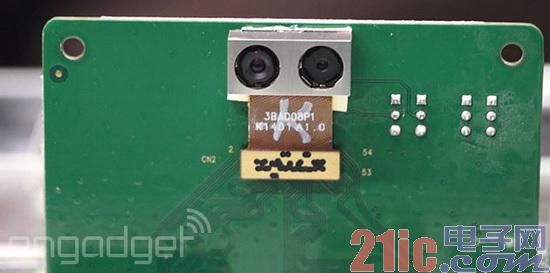
Also a Qualcomm-backed company, Core Photonics is not as exaggerated as Pelican, using a dual-lens configuration to achieve a new shooting experience. In its prototype setup, it has two 13-megapixel sensor configurations, one for the wide-angle lens and one for the 3x optical zoom lens, which can achieve up to 5x optical zoom. In addition, it can achieve image quality enhancement effects such as noise reduction and better depth of field.
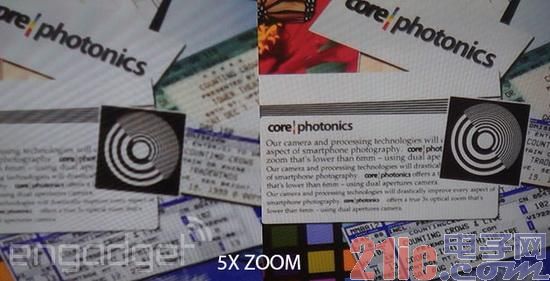
Although this dual-lens configuration looks very similar to the HTC M8, Core Photonics said it did not provide technical support for HTC, so the difference in the M8's dual-lens configuration remains to be verified. However, achieving a better optical zoom with a dual lens is obviously more realistic than using a camera lens directly. In addition, another advantage of this technology is power consumption, CorePhotonics said that compared to Google and Pelican technology, its dual lens is more power-saving, and will not increase the burden on smartphones.
Quality is everything
Obviously, since the advent of selfie phones, technology vendors have been looking for more effective ways to improve image quality. When the pixel concept can't stand, the large-size, back-illuminated sensor brings a certain image quality improvement. When the bottleneck reappears, the above three technologies are obviously easier to achieve better image quality without increasing the size and thickness of the mobile phone. As a consumer, we are very much looking forward to the actual model as soon as possible, changing the camera experience of mobile phones.
Porcelain insulation
Porcelain Insulator is made of ceramic materials. The surface of porcelain is usually covered with enamel to improve its mechanical strength, waterproof and wet, and increase the surface smoothness. The combination of porcelain and other minerals allows current to pass without reacting with nearby electrical conductors. Ensuring greater safety, High Voltage Porcelain Insulators also allows current to pass without losing any power. There are several types ofHigh Voltage Porcelain Insulators and low volatage porcelain insulators : Switch Post Insulators, Din Insulators , Line Post Insulator , Station Post Insulator, Disc Insulator , Pin Insulator , Long Rod Insulator , Porcelain Bushing , Strain Insulator , spool insulator, Shackle Insulator and Telephone Line Insulator.
Porcelain insulators are used for high-voltage and low-voltage transmission lines and dielectrics produced by various electrical equipment to support and suspend overhead conductors to maintain sufficient insulation between conductors and conductors and between conductors and the earth. The installation height should be below 1000 meters. The voltage can reach 0.3kv-330kv. They have a higher leakage distance distribution and stronger compression.
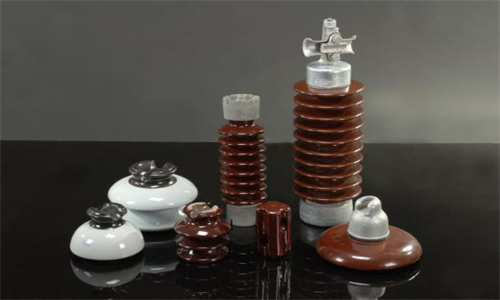


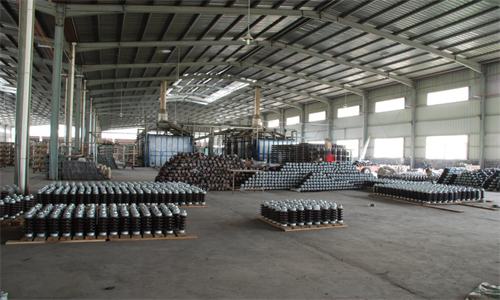
We warmly welcome friends both domestic and abroad to visit our company, if you have any questions, please contact with us directly.
Porcelain Insulator
Porcelain Insulator ,High Voltage Porcelain Insulators,Switch Post Insulators,Din Insulators
FUZHOU SINGREE IMP.& EXP.CO.,LTD. , https://www.cninsulators.com
